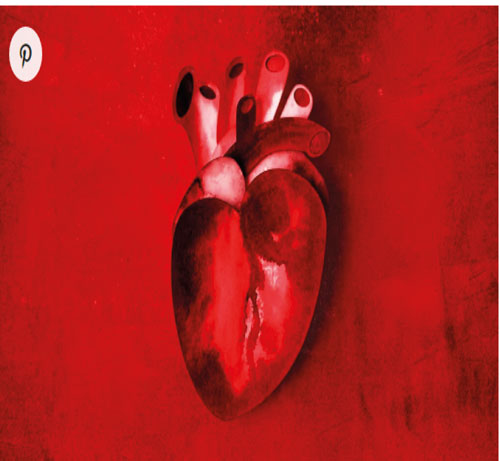Researchers developed an experimental treatment that can repair and regenerate heart muscle cells following a heart attack.
After a month of treatment, mouse models of a heart attack regained close to usual cardiac function.
The researchers aim to test the technology on other animal models before entering clinical trials.
Heart failure happens when the heart cannot pump sufficient blood and oxygen throughout the body. In 2018, 379,800 death certificates, or around 13.4% of deaths, in the United States referenced the conditionTrusted Source.
Most cases of heart failure occur due to a loss of cardiomyocytes- heart muscle cells- which results from aging and conditions including heart attack, high blood pressure, and coronary artery disease. Damage from these conditions can irreparably damage the heart.
While heart transplants are the standard treatment option for heart failure, the limited availability of donor hearts and the risk of rejection restrict widespread use.
Meanwhile, efforts to produce lab-grown cardiomyocytes from pluripotent stem cells have also failed to produce long-term results.
Finding ways to repair cardiomyocytes could improve the prognosis for those at risk of heart failure and other cardiovascular conditions.
Recently, researchers developed a new technology that repairs and regenerates cardiomyocytes in mice following a heart attack. “Shortly after birth, the human heart stops growing by cell replication, and the heart increases in size by increasing the size of each individual cell,” said Robert Schwartz, Distinguished Professor at the Department of Biology and Biochemistry at the University of Houston in Texas, and one of the study’s authors. “Thereafter, very few new heart muscle cells are produced over a person’s lifetime.”
“When there is an injury such as a heart attack, the muscle cells are deprived of oxygen, and many of them die. Since no new cells can be generated, the pumping of the heart can be severely depressed and eventually cause death,” Dr. Schwartz told Medical News Today.
“What Animatus Biosciences has done is to develop a pair of synthetic modified messenger RNAs (mRNA) that code for proteins that can restart the process of cell replication and consequently replace the dead heart cells with new, healthy tissue to restore the function of the heart,” he explained.










